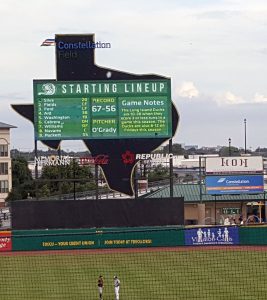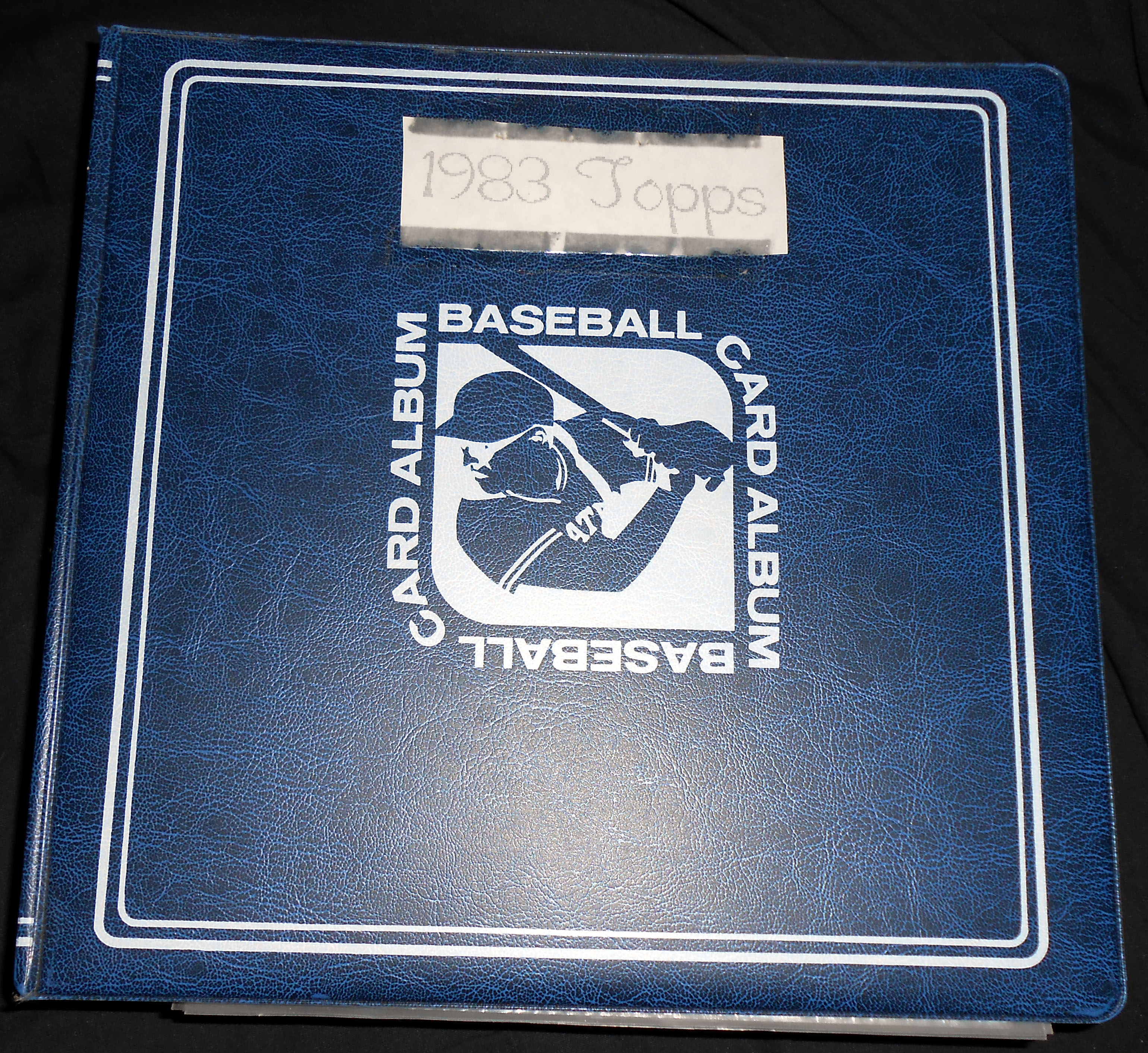As Spring Training winds down, and teams begin their final preparations for the 2023 Major League Baseball Season, a lot of attention has been paid to the new rules that are being rolled out in an attempt to speed up the game.
The changes coming to an MLB Ballpark near you include, banning infield shifts, putting pitchers on a pitch clock and making the bases larger.
When announcing the rules changes MLB officials noted they were aimed at improving pace of play, action and safety at the MLB level.
The rules changes have received a mostly mixed response ranging from fans who believe that baseball traditions should be maintained at all costs, to those fans who see no issues with changing rules on a regular basis.
Personally, I fall somewhere along the middle of the spectrum.
While I would not consider myself to be a full baseball traditionalist, one of the things I enjoyed most about baseball was that it was the only major sport that did not include a clock of any kind.
Unlike football, basketball, soccer and hockey, baseball game lengths were varied like snowflakes and varied depending on the actions of the players on the field.
Sadly, those days are now gone thanks in part to fans with shorter attention spans and a desire to compress the action into a predefined, yet completely arbitrary definition of how long a baseball game should take.
The latest slate of rules changes follows changes made to extra innings of games starting with a runner on second base, to a universal designated hitter rolling out for the 2022 MLB season.
Prior to the latest bunch of rules changes, perhaps the greatest “who moved my cheese” moment in baseball was the introduction of the designated hitter in 1973.
I was born into a world where the DH already existed in the American League. As such, I did not experience the tectonic plate shifting impacts felt by those who lived in a world before the DH.
For many of those baseball fans from the before times, the introduction of the DH sent ripples through their collective scorecard completing souls.
The American League introduced the designated hitter, or DH, fifty years ago, and the game of baseball was forever changed. Once the designated hitter was introduced, pitchers on the American League ball clubs were no longer burdened with the hassle of having to bat. National League pitchers would continue to take their swings at the plate.
On January 11, 1973, American League owners voted 8–4 to approve the designated hitter for a three-year trial run. On April 6, 1973, Ron Blomberg of the New York Yankees became the first designated hitter in MLB history when he stepped into the batter’s box to face Luis Tiant of the Boston Red Sox.
Blomberg was walked on five pitches with the bases loaded in the first inning, which meant that not only was Blomberg the first DH, he was also the first DH to earn an RBI.

The “three-year” DH experiment has rolled on for 50-years and counting.
Mention the designated hitter in polite dinner conversation, and one will quickly find out how divisive the topic really is among fans.
The pro designated hitter camp will point to the fact that by eliminating the pitcher as a batter the rallies can continue without the fear of a nearly guaranteed out with a pitcher batting.
The foes of the DH rule will say that having pitchers batting, despite the almost guaranteed out they provide, is a truer form of the game, is more historically accurate, and creates more cat and mouse strategy between the managers.
The debate entered a new phase when the universal DH was applied to all 30 MLB teams as a health and safety measure during the 2020 season as a result of COVID-19.
The DH returned to pre-pandemic rules during the 2021 season before being universally applied to all 30 MLB ballclubs starting with the 2022 season.
I was so convinced that the baseball purists would never allow designated hitters full time in the National League that I boldly proclaimed in a 2013 column honoring the 40th anniversary of the DH that, “I do not see a time in the near future where the DH will go away any more than I predict a time when the National League will start using them in their home ballparks.”
I could certainly argue whether the DH expanding nine years after I made that statement counts as the near future, or if I put a five-year cap on a definition of near future. Instead, I will admit that I was wrong about the universal DH coming to baseball.
Personally, as someone who always identified more as an American League fan, I will not miss watching National League pitchers try to bunt, or strike out on three pitches.
I know that some National League pitchers could swing a mean bat. As such, it is unfair to say that all they do is bunt, strike out, or pop out. I also know Shohei Ohtani can take the field as a pitcher, designated hitter and outfielder for the Los Angeles Angels. So, there are definitely exceptions to the rule regarding whether pitchers can hit.
MLB was not done tweaking the game by adding a Universal DH. It is like someone at MLB headquarters looked out at the field and said, “hold my glove” as they looked at other ways they could upset the popcorn cart of baseball purists.
Which brings us to the 2023 MLB season that begins in eight days.
MLB has already had to make changes to the rules related to the pitch clock since wily managers and players found ways to best the system for an advantage in their favor during Spring Training games.
When announcing the tweaks, it was stated that more changes could be coming to ensure that the clock is applied fairly across all 30 MLB Ballparks.
When rumblings about a pitch clock coming to baseball first started a few years ago, I questioned whether that was in the best interest of the game. I still question that today.

Photo R. Anderson
The Atlantic League of Professional Baseball, of which the Sugar Land Skeeters used to belong, served as a testing ground for many of the rules that MLB is rolling out now, including the pitch clock.
Watching Skeeters games with the pitch clock and robotic umpires back in 2019, I felt my inner baseball purist scream.
I also pictured a scenario where the players from the movie “Field of Dreams” would quickly go back into the corn field if they emerged from the stalks and discovered Ray Kinsella operating a pitch clock.
Say it ain’t so, Shoeless Joe. Baseball has a pitch clock.
To be fair, the game of baseball will continue, albeit with a little less joy from some of the residents of Mudville.
However, if the MLB brain trust continues to tweak the game in order to appease a crowd that often seems more interested in the amenities in a Ballpark then the actual plays on the diamond, it might not be too long before baseball does not look anything like the game I grew up watching.
That is not to say that I want to see baseball revert back to the way it was played in the late 19th or early 20th Century. I just think that part of the charm of baseball exists in its imperfections, and the fact that there was no time clock or buzzer to beat.
Continued efforts to shoehorn baseball into a mold that it doesn’t belong in could backfire. It is entirely possible that efforts to change the rules of the game to attract new fans fail, while also causing the traditional fans to find other ways to spend their time that don’t involve baseball.
Unfortunately, as long as advertisers and broadcasters continue to pump millions of dollars into the team coffers, MLB may not care so much about what the product on the field looks like as long as people still pay money to see players run around the pizza box size bases.
Perhaps like no other time in my lifetime, we are all about to discover whether if you time it, they will come.
Now if you’ll excuse me, all of this talk about pizza box size bases as me hungry for a slice.
Copyright 2023 R. Anderson






